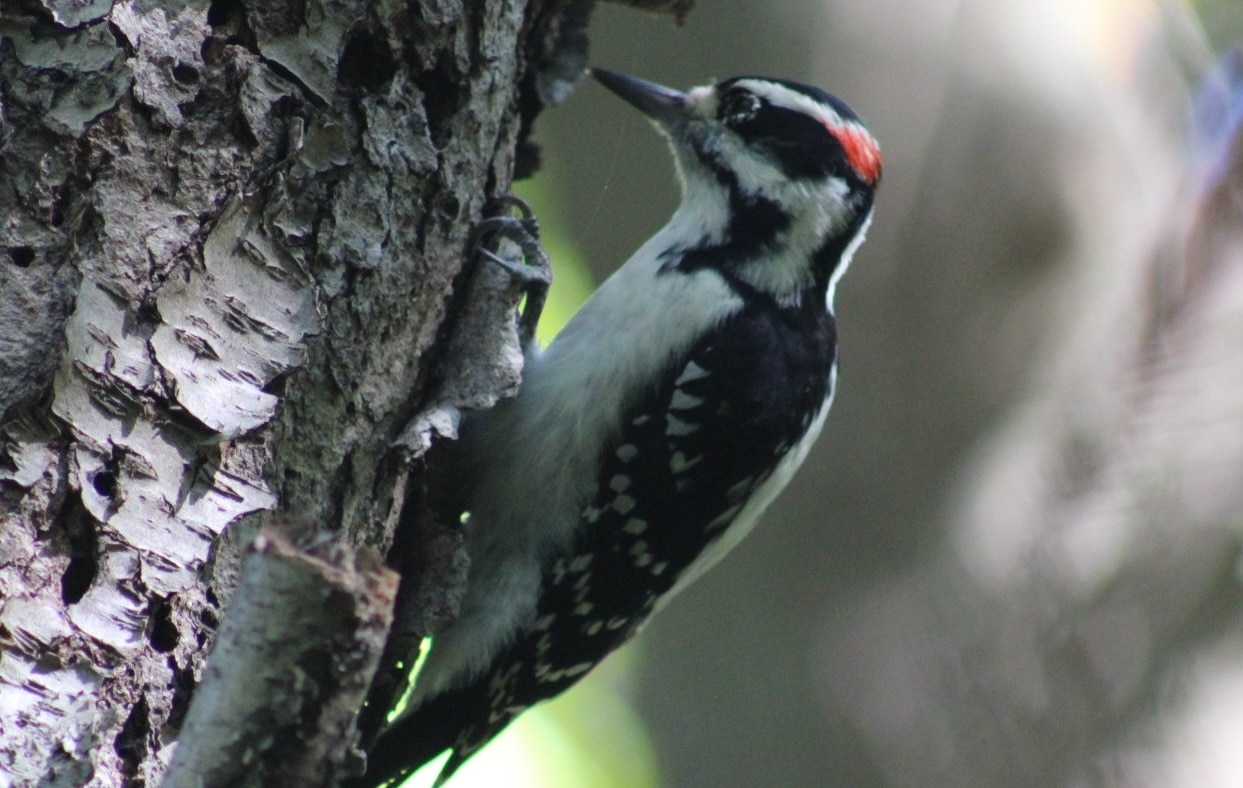Fall migration is happening right now in New York City, and many birdwatchers have flocked to the city’s natural areas to glimpse our feathered friends.
The NAC recently released a video series, Birding with Sam & Emily, with two of our most avid birders on staff —Emily Walker, senior manager of external affairs, and Sam Lawson, national partnerships coordinator. Head over to our YouTube channel to enjoy the delightful series. Read on below for a compilation of some of Sam and Emily’s best tips for birding in NYC natural areas.
How to prepare for birding in natural areas
What to bring:
- Binoculars
- Bird guide (for birding in NYC, we recommend Sibley Birds East by David Allen Sibley)
- Smart phone and camera (if you want to get fancy about it the higher the shutter speed the better!)
What to wear:
- Come in sturdy footwear
- Remember to wear sunscreen and a sun hat. On especially bright days you’ll want to bring sunglasses to protect your eyes!
Know before you go:
- Be aware of poison ivy in our natural areas
- Ticks are present in many natural areas in NYC. Be sure to periodically check and you can wear long pants and socks as an extra precaution. Spraying your shoes/boots with bug spray also helps deter ticks.
How to be responsible birders in natural areas
- Stay on the formal trail. It’s best to stick to the trails with markers in our parks and natural areas. If you wander outside of those trails you could create “desire” lines—informal trails—which can be dangerous for other hikers and could damage the natural habitat.
- Don’t play artificial bird song. While it might be tempting, playing artificial birdsong can be stressful and confusing for birds. Let the birds do the singing, and you can do the listening!
- Be respectful of other birders. Our natural areas are for everyone. You’ll likely come across other birders on the trails. Try to stay quiet and not to scare away the birds they might be observing!
- Go with a birding buddy. Birding is more fun with a friend! It’s nice to have someone with you on the trails, and you can test your birding knowledge with each other.
- Pick up trash! Optional of course, but if you see trash we encourage you to safely pick up trash with gloves and leave the natural areas better than you found it!
Tips for spotting and identifying birds
- Stop and listen. The first step to finding a bird is to listen! Even before you lift up your binoculars simply listening to the environment around you can alert you where a bird might be hiding in the canopy.
- Use the Merlin bird app for sound identification. Not sure what bird is making that beautiful bird song? Merlin can help. Simply download the app and record the sound you’re hearing. The application will give you their best guess.
- Try birding in different habitats. Different birds are attracted to different habitats. For example, meadows attract goldfinches and sparrows. Vary your locations to spot different species.
- Find the food sources for birds. Birds need to eat! If you’re patient you can wait by a known food source (like jewel weed for ruby throated hummingbirds) and the birds will come to you.
- Record your sightings in eBird by the Cornell Lab of Ornithology. Participate in citizen science! Record which birds you see in a given outing to add to eBird’s database. This helps other birders and scientists, and is also a handy way of keeping track for yourself!
Not sure where to start? Check out Sam and Emily’s blog post on the best natural areas to spot birds during fall migration.

